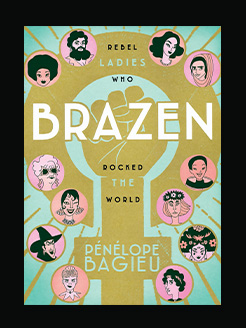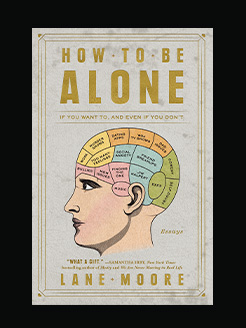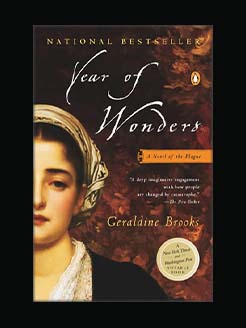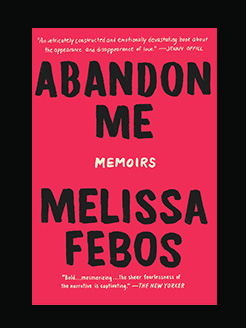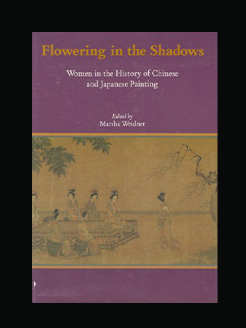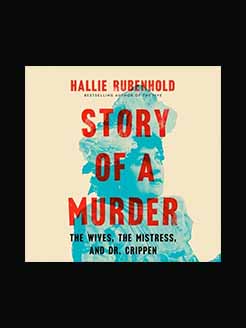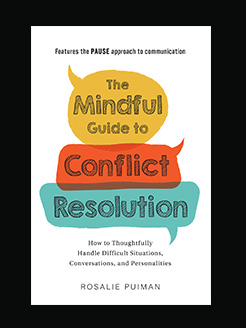Published in 2010
112 pages
Anne Billson is a film critic, novelist, photographer, style icon, wicked spinster, evil feminist, and international cat-sitter who has lived in London, Tokyo, Paris and Croydon, and now lives in Brussels. She likes frites, beer and chocolate.
Her books include Suckers (an upwardly mobile vampire novel), Stiff Lips (a Notting Hill ghost story), The Ex (a supernatural detective story) and The Coming Thing (Rosemary’s Baby meets Bridget Jones) as well as several works of non-fiction, including Billson Film Database, Breast Man: A Conversation With Russ Meyer, and monographs on the films The Thing and Let The Right One In. Her latest book is Cats On Film, the definitive work of feline film scholarship.
She sometimes writes about film for the Guardian, and is currently working on a screenplay and a sequel to her vampire novel, Suckers. She has three blogs: multiglom.com (the Billson Blog), catsonfilm.net (a blog about cats in the cinema), and lempiredeslumieres.com (photographs of Belgian beer, bars and sunsets).
What is this book about?
Audiences can’t get enough of fang fiction. “Twilight,” “True Blood,” “Being Human,” “The Vampire Diaries,” “Buffy the Vampire Slayer,” “Blade,” “Underworld,” and the novels of Anne Rice and Darren Shan–against this glut of bloodsuckers, it takes an incredible film to make a name for itself. Directed by Tomas Alfredson and adapted for the screen by John Ajvide Lindqvist, The Swedish film “Låt den rätte komma in ” (2008), known to American audiences as “Let the Right One In,” is the most exciting, subversive, nd original horror production since the genre’s best-known works of the 1970s. Like “Twilight,” “Let the Right One In” is a love story between a human and a vampire–but that is where the resemblance ends. Set in a snowy, surburban housing estate in 1980s Stockholm, the film combines supernatural elements with social realism. It features Oskar, a lonely, bullied child, and Eli, the girl next door. “Oskar, I’m not a girl,” she tells him, and she’s not kidding–she’s a vampire. The two forge an intense relationship that is at once innocent and disturbing. Two outsiders against the world, one of these outsiders is, essentially, a serial killer. What does Eli want from Oskar? Simple companionship, or something else? While startlingly original, “Let the Right One In” could not have existed without the near century of vampire cinema that preceded it.
Anne Billson reviews this history and the film’s inheritence of (and new twists on) such classics as “Nosferatu” (1979) and “Dracula” (1931). She discusses the genre’s early fliration with social realism in films such as “Martin” (1977) and “Near Dark” (1987), along with its adaptation of mythology to the modern world, and she examines the changing relationship between vampires and humans, the role of the vampire’s assistant, and the enduring figure of vampires in popular culture.
